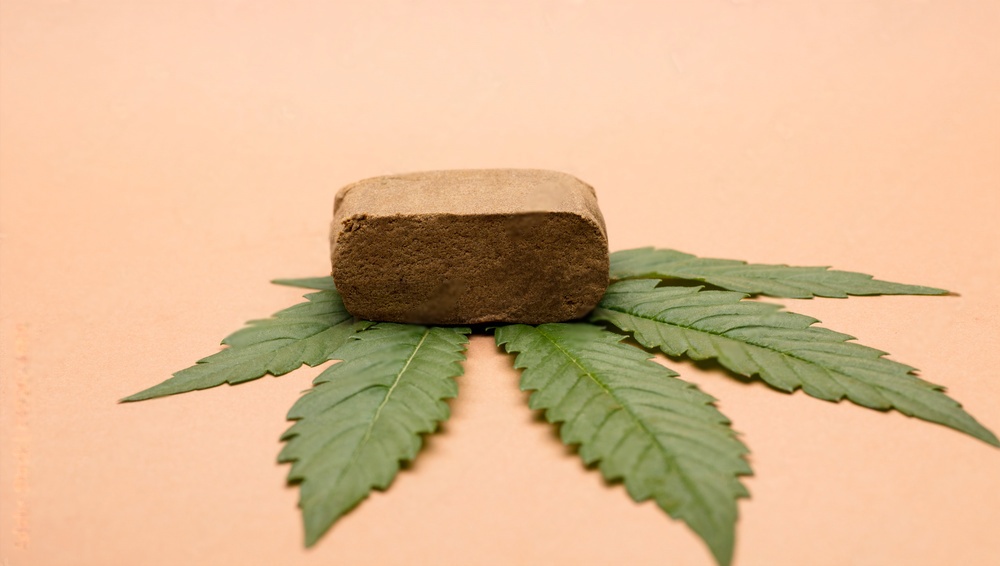Cannabis Basics
Cannabis Concentrates Unveiled: A Guide to Hash Consumption and Production
Hash, also known as hashish, serves as a fascinating chapter in the extensive history of cannabis concentrates, dating back thousands of years. The main goal of concentrate production is to extract cannabinoids and terpenes from plant materials, resulting in a substance, either liquid or solid, suitable for inhalation or ingestion. At the heart of hash is kief, the sticky crystal-like substance found at the top of the plant’s trichomes, the mushroom-shaped glands on the leaves.
What is Hash and How is it Made?
Hash, or hashish, is a product that reflects the rich history of cannabis concentrates, spanning thousands of years. The primary aim of concentrate production is to extract cannabinoids and terpenes from plant materials, resulting in a substance, either liquid or solid, suitable for inhalation or ingestion. It comprises kief, the sticky crystal-like substance found at the apex of the plant’s trichomes, those mushroom-shaped glands on the leaves.
The historical method of production involved collecting cannabis material sticking to hands. However, modern production techniques have evolved, primarily focusing on separating kief. This is achieved by using heat and pressure to rupture resin glands, resulting in the extraction of cannabinoids and terpenes. The end product can take the form of a soft ball, brick, or powdered substance. The color spectrum varies from golden yellow to bright green, reflecting the production process, with greener hues indicating more plant material inclusion.
Hash Production Processes:
Dry Sift Process:
- Cannabis is frozen for easier trichome detachment.
- Material is brushed over a fine-mesh screen, collecting trichomes below.
Dry Ice Method:
- Cannabis is combined with dry ice, which is five times colder than regular ice.
- The mixture is shaken in a mesh bag, leading to frosty trichomes collected in a basin.
Silk Screens and Ice Water:
- Material is strained through silk screens and ice water.
- This process produces bubble hash, a fine material that melts instead of burning.
How is Hash Consumed?
To consume hash, specific accessories are necessary, such as pipes, bongs, concentrate-specific vaporizers, or dried flower vaporizers with concentrate attachments. Although highly concentrated bubble hash, often labeled “full-melt” or “six-star,” can be dabbed, caution is advised, especially for cannabis novices, due to the complex and potent nature of the dabbing process.
Pros and Cons of Hash:
Pros:
- Smoke-free option when vaporized or dabbed.
- Highly concentrated, requiring less consumption than dried cannabis.
Cons:
- Potential for overconsumption due to high concentration.
- Initial dosage recommendations vary based on individual factors like weight and metabolic rate.
Shopping for Hash: What to Consider?
When you decide to buy hash it is important that you have proper understanding of the details to look for and dosage and usage of the product. Concentrates like hash differ from raw cannabis, potentially boasting higher cannabinoid concentrations. For instance, product can contain up to 60% tetrahydrocannabinol (THC), compared to the potential 30% in raw cannabis. Health Canada advises starting with a minimal amount, especially with new products, to gauge individual reactions.
Conclusion:
Exploring the world of hash opens up a diverse realm of cannabis concentrates. From its ancient roots to modern production techniques, understanding how to consume hash responsibly is crucial for both novices and experienced users. As the cannabis landscape continues to evolve, making informed choices and considerations becomes paramount.


